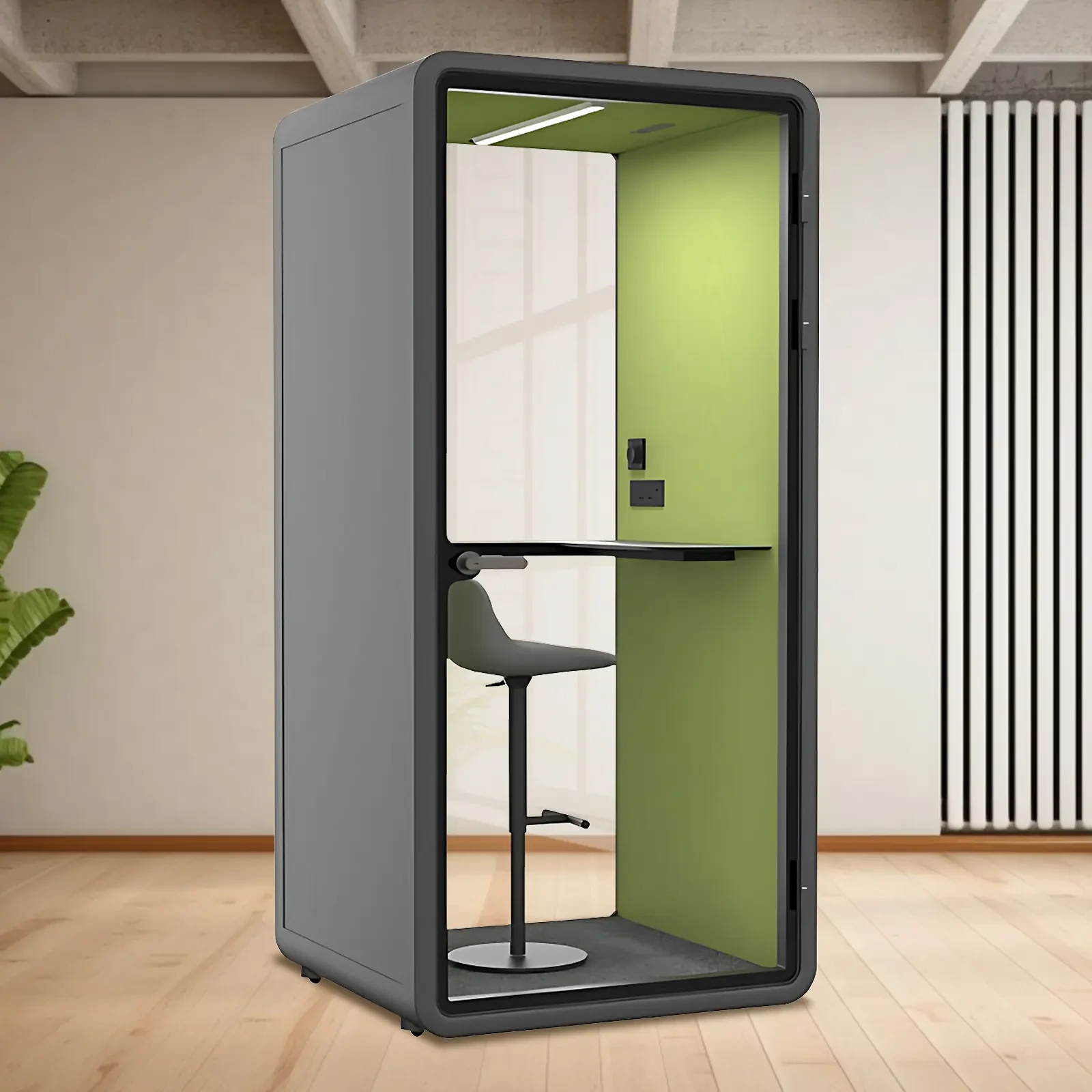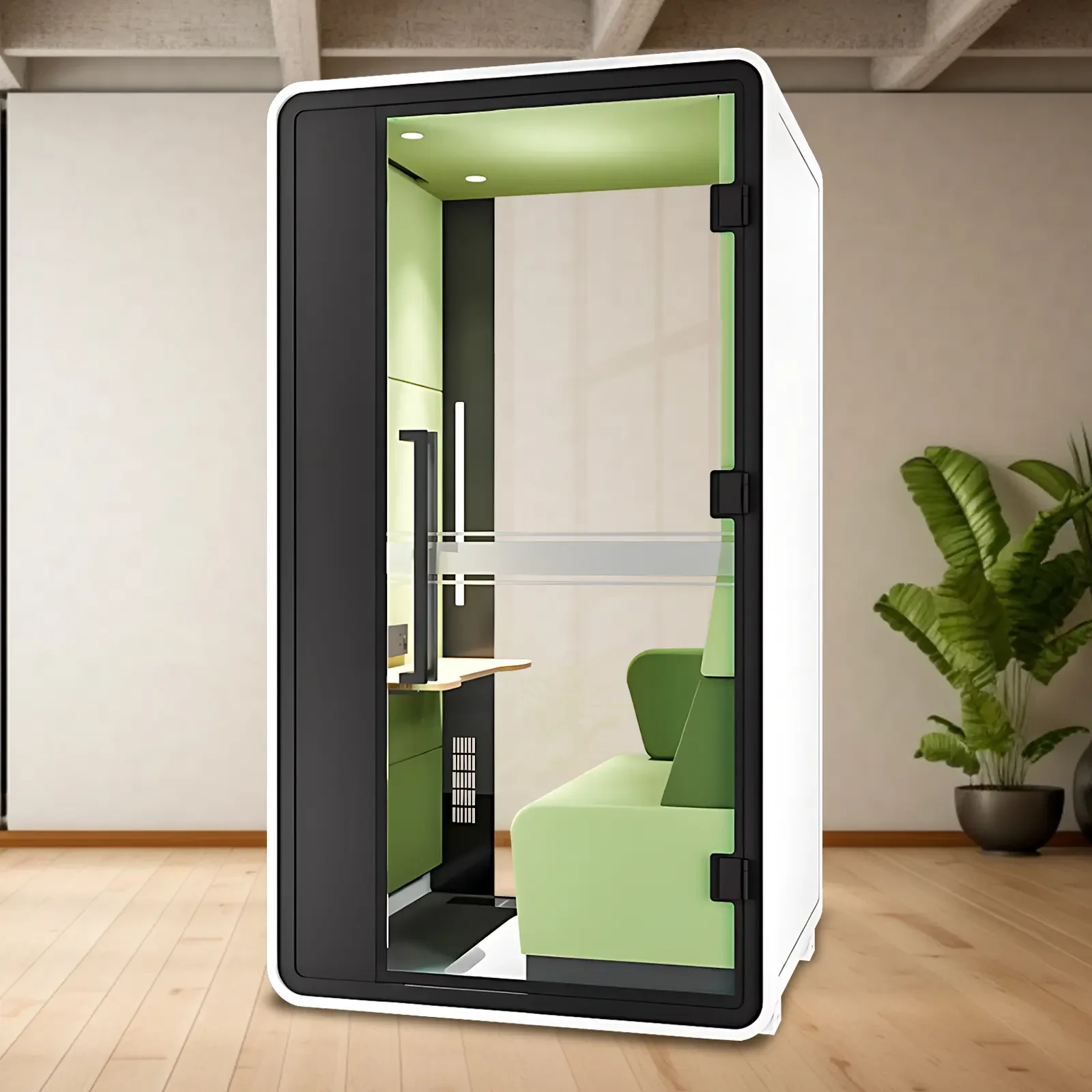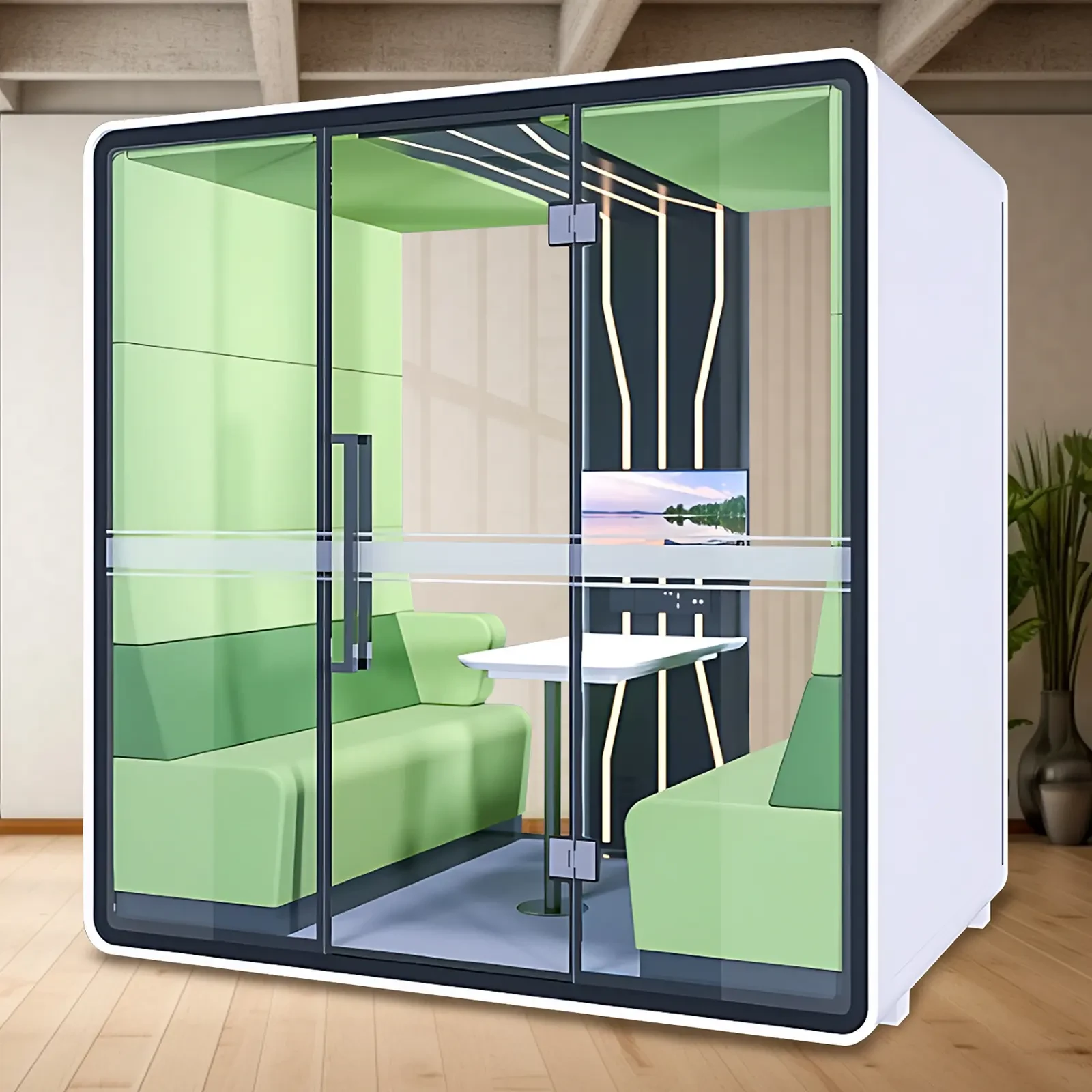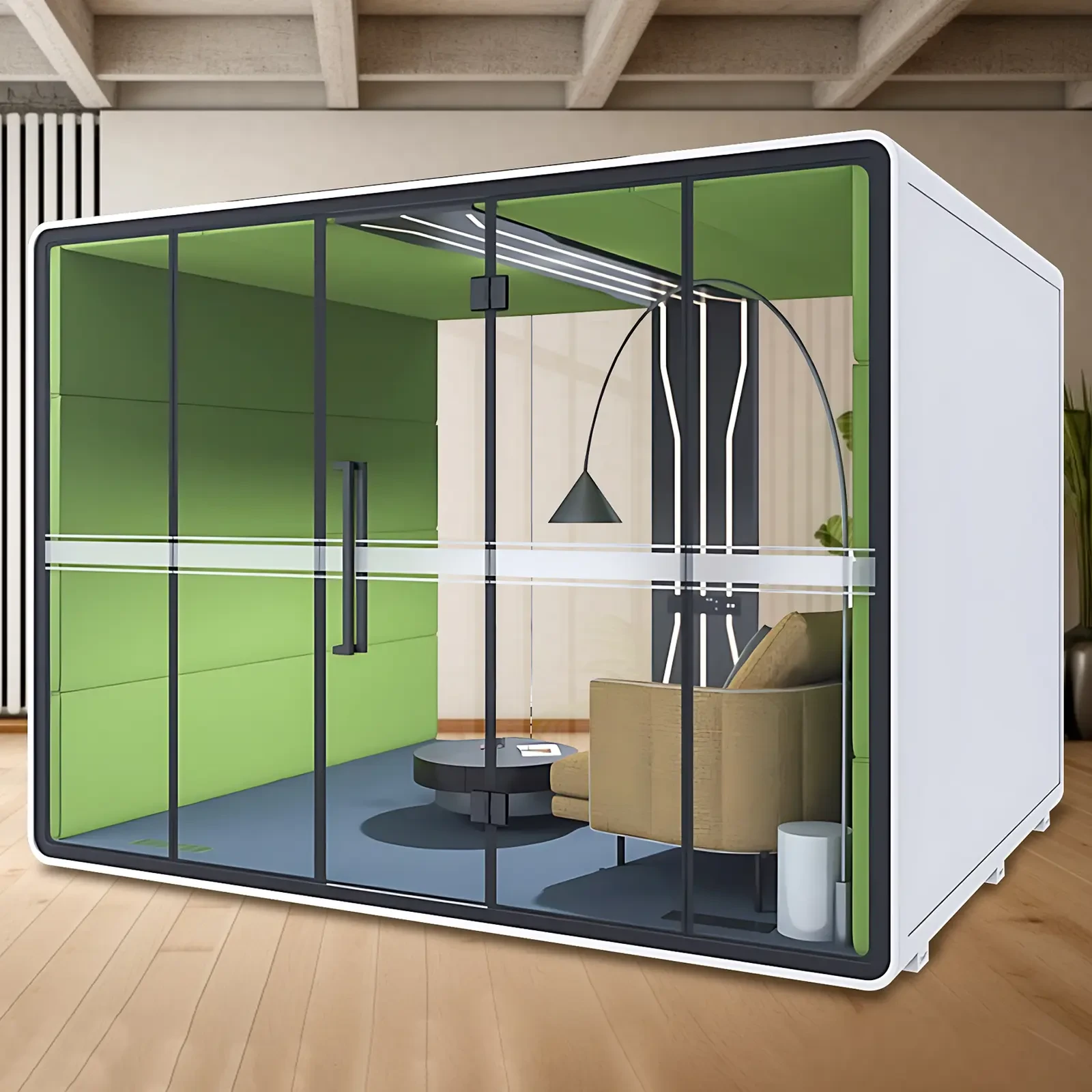Localized design of the silent cabin can incorporate local culture, environment, and customs to meet the needs of specific regions and users. Here are some key points to consider when designing a localized silent cabin:
Material Selection: Select materials that meet local environmental standards and cultural characteristics. Consider using locally produced sustainable materials, such as local wood, bamboo, or locally sourced eco-friendly materials, to reflect the local character and sustainable development philosophy.
Color and Pattern: Utilize traditional local colors and patterns to decorate the silent cabin. Based on local culture and aesthetics, select appropriate color combinations and patterns to reflect the local characteristics and visual aesthetic.
Decoration and Cultural Elements: Incorporate local decorative and cultural elements, such as artwork, handicrafts, and traditional crafts, to showcase the unique culture and history of the region. These elements can be placed within the silent cabin as decoration to create a local atmosphere.
Spatial Layout and Functionality: Flexibly design the spatial layout and functionality of the silent cabin based on the local lifestyles and habits. Consider local work habits and needs, and rationally arrange functional areas such as workspaces, storage spaces, and rest areas.
Sound Control: Based on the local noise environment, select appropriate sound insulation materials and sound treatment equipment to provide excellent sound insulation adapted to the local environment. Consider the local ambient noise characteristics and people's need for a quiet environment to optimize the sound control design of the silent cabin.
Air Conditioning and Ventilation: Design appropriate air conditioning and ventilation systems based on local climate and seasonal characteristics. Consider local temperature and humidity requirements and select appropriate air conditioning equipment and ventilation solutions to ensure a comfortable working environment within the silent cabin.
User Experience and Cultural Adaptation: Consider local habits, values, and needs to provide a positive user experience. For example, provide furniture and work facilities that suit local body types and cultural habits to ensure user comfort and convenience.
Through these localized design elements, the silent cabin can be more closely aligned with the local environment and culture, providing users with a customized experience that meets their needs and preferences.

 USD
USD
 GBP
GBP
 EUR
EUR






